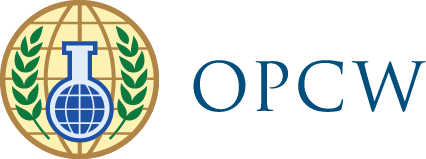The Handbook on Chemicals is an important tool which aims at assisting States Parties in the identification of individual chemicals covered by the three Schedules in the Annex on Chemicals of the Chemical Weapons Convention.
As part of the Declarations Handbook (i.e., Appendix 2), the Handbook on Chemicals (HBC) is an important tool which aims to assist States Parties in the identification of individual chemicals covered by the three Schedules in the Annex on Chemicals of the Chemical Weapons Convention (hereinafter “scheduled chemicals”).
The HBC is updated and revised on a regular basis to incorporate any new scheduled chemicals that States Parties declare as well as any changes in the identifiers such as the Chemical Abstracts Service Registry Numbers (CAS RN) and Harmonized System Codes (HS codes) assigned to scheduled chemicals.
The 2024 version of the HBC supersedes the previous 2022 version and includes:
- 2,236 scheduled chemicals declared by States Parties from 1997 to the end of 2023 including 84 Schedule 1 chemicals newly added to the Annex on Chemicals plus nine other scheduled chemicals declared by State Parties from 2022 to the end of 2023.
- A new online HBC tool, which replaces the old Access Database and offers new search and filter capabilities, and a visualisations dashboard.
The chemicals in the HBC are indexed in ascending order by:
- schedule number (Schedule 1, Schedule 2 and Schedule 3);
- entry number in each schedule (e.g. 2B04, 2B05, 2B06, etc.); and
- CAS RN or OPCW Key.
Chemical names in the HBC have been created in accordance with the ‘Rules for Naming Compounds in the OPCW Central Analytical Database (OCAD)‘ and OPCW Keys created (where the CAS RN is not available) in accordance with the ‘Guidelines for Assignment of the Chemical Keys to the Scheduled Chemicals‘.
Although the HBC contains information on all scheduled chemicals declared to the Technical Secretariat, it is not a comprehensive list of all declarable scheduled chemicals, and as such should only be used as a tool to assist in the identification of chemicals. The OPCW has made available on its website a more comprehensive database, namely, the OPCW Online Scheduled Chemicals Database (OSCD) containing 35,942 scheduled chemicals, including 2,236 chemicals detailed in the HBC.
Feedback
The Technical Secretariat welcomes States Parties’ feedback, if any, on the 2024 version of the HBC and OSCD by sending any comments and suggestions to the Declarations Branch.
